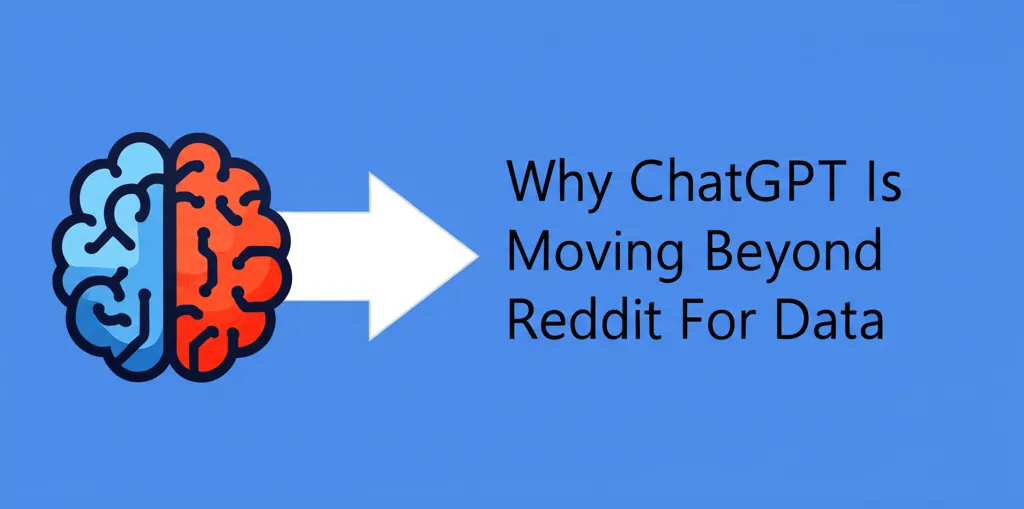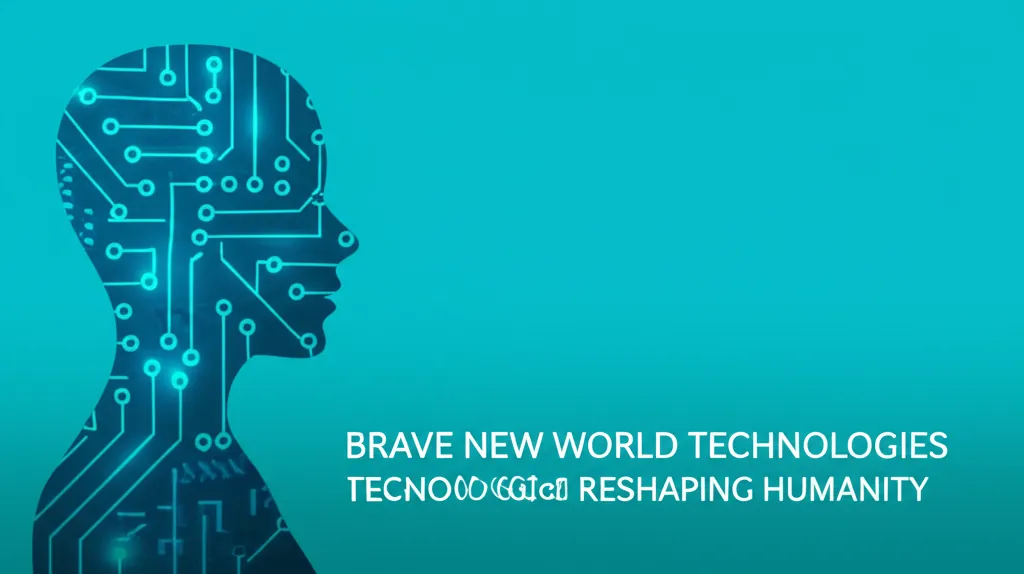Is OpenAI Burning Cash Or Building An Unbeatable Moat
Recent financial disclosures from OpenAI have ignited a firestorm of debate across the tech industry. While the company generated an impressive $4.3 billion in revenue, it also reported a staggering net loss of $13.5 billion, raising critical questions about its long-term sustainability and business model. This financial dichotomy has split observers into two camps: those who see a clear path to profitability through untapped monetization, and those who believe the company lacks a defensible moat against incumbent giants like Google.
The Untapped Goldmine Advertising Potential
One of the most compelling arguments for OpenAI's future profitability lies in a domain it has yet to enter: advertising. With a massive user base of 700 million weekly active users, most of whom use the free version of ChatGPT, the potential for ad revenue is enormous. For context, Google's revenue, primarily from ads, was $264 billion in 2024. Proponents argue that ChatGPT has cultivated a high level of consumer trust, which could be leveraged to insert sponsored results or affiliate links in a way that feels natural to the user experience. The company has already started experimenting with commercial integrations, such as direct checkouts, signaling a move toward this model.
However, this path is not without risk. Introducing ads could erode the very trust that makes the platform valuable. Users might abandon the service if responses become tainted with commercial bias, especially if open-source alternatives remain ad-free. The key challenge for OpenAI will be to integrate monetization without compromising the user experience that led to its meteoric growth.
The Billion Dollar Question OpenAIs Competitive Moat
Skeptics question what truly constitutes OpenAI's competitive moat. Unlike traditional software with high switching costs, AI models are, to a large extent, substitutable. A user could switch from ChatGPT to Google's Gemini or Anthropic's Claude with minimal friction. This lack of inherent product stickiness is a significant vulnerability, especially when competing against a behemoth like Google.
Google possesses an unparalleled ecosystem, including search, Chrome, Android, Gmail, and YouTube. It can seamlessly integrate its AI, Gemini, into these widely-used products, reaching billions of users within their existing workflows. Furthermore, Google has deep pockets, its own custom hardware (TPUs), and a world-class ad network, allowing it to sustain losses and subsidize its AI products indefinitely until competitors run out of capital. The clock is ticking for OpenAI's investors, who will eventually want to see a return on their massive capital injections.
Brand Recognition as the Ultimate Defense
The most powerful counterargument to the "no moat" theory is the phenomenal power of the ChatGPT brand. For a vast segment of the population, "ChatGPT" has become synonymous with AI itself, much like "Googling" became the verb for searching the internet. This consumer mindshare is a powerful, often underrated asset in the tech world. Anecdotal evidence abounds, with many noting that their non-technical friends and family refer to any AI interaction as "using ChatGPT," regardless of the underlying model. Teens, in particular, are reportedly turning to ChatGPT for information over Google.
While some draw parallels to brands like Hoover or Pampers, which became generic terms without dominating their markets, the digital nature of AI services may make the comparison flawed. When accessing a service only requires typing its name into a browser, brand recognition becomes an incredibly powerful driver of market share.
Product Stickiness and Ecosystem Wars
Beyond brand, a subtle form of product stickiness is emerging within ChatGPT. As users engage in more conversations, the platform's memory of past interactions creates a personalized experience. This history and context make the tool more useful over time, creating a soft lock-in effect. Switching to a new AI would be like starting from scratch in a new development environment—possible, but inconvenient.
Despite this, the ecosystem advantage held by Microsoft and Google remains a formidable challenge. By embedding AI tools directly into Office, Google Docs, and operating systems, they reduce the need for users to open a separate application. This integration into daily school and work routines is a significant threat to a standalone service, forcing OpenAI to explore new verticals, such as its Sora-based social media platform, to build its own ecosystem.
The High Cost of Leading the AI Race
Underpinning this strategic battle are the immense costs of competing in the AI space. OpenAI's expenses are astronomical, with $6.7 billion spent on R&D and another $2 billion on sales and marketing in just half a year. Added to this is a $2.5 billion expenditure on stock-based compensation to attract and retain scarce top-tier talent in a hyper-competitive market.
This high-burn model is fueled by a venture capital playbook that prioritizes growth over immediate profit, but it relies on a continuous stream of funding. The AI industry's reliance on expensive, rapidly depreciating hardware like GPUs creates a constant need for capital investment, drawing comparisons to the dot-com bubble. Ultimately, OpenAI is in a high-stakes war of attrition. Its survival depends on whether it can successfully monetize its massive user base and brand dominance before its formidable, deep-pocketed competitors close the gap.


